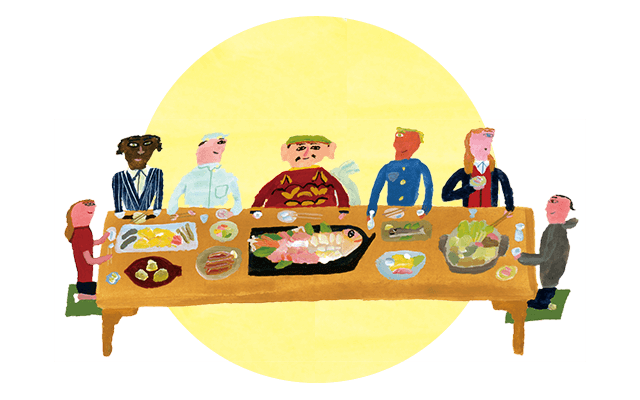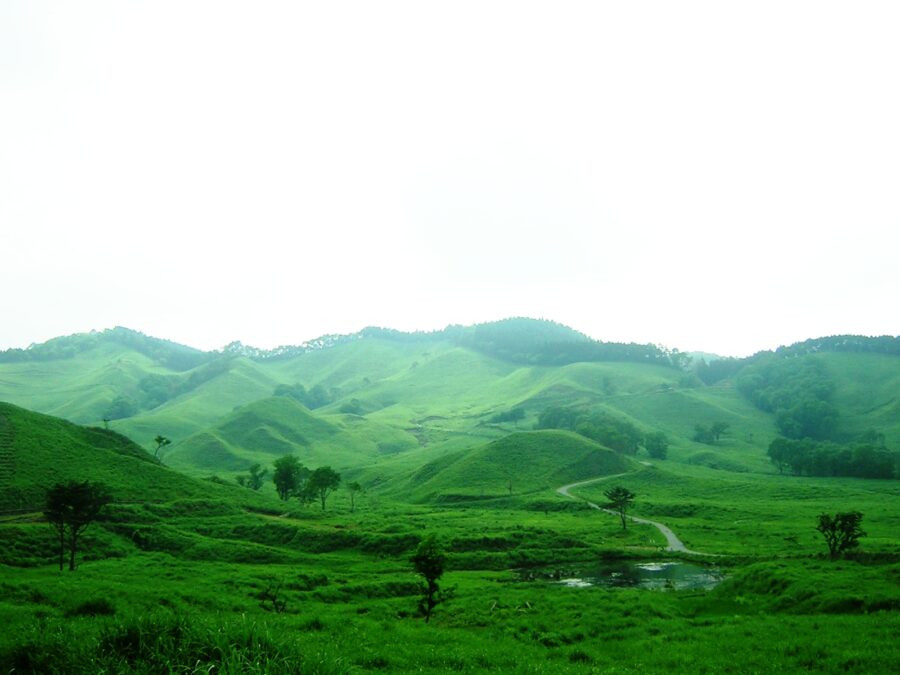
Harima Archives
2022.03.18 The Terroirs of Harima

The Origins of Terroir
Nowadays, you may see a label with “GI (Geographical Indication) Harima” on a product to indicate its local origins. You might also see products, like soy sauce, that only use local ingredients. This effort to establish a culinary identity has gained popularity. Food culture defined by terroir (factors that give a crop its distinctive character) is affected by soil and climate and people supporting each other.
Harima, the Last Stop Before Metropolis
For those traveling from further west of the country, such as Okayama or Hiroshima, Harima was the last stop before leaving the countryside and reaching the metropolis. Harima’s location served a key role. One significant reason for this is that Harima was a castle town with temples and shrines in the area.
Temples and shrines brought visitors that would bring new technology and culture from the outside world. This was especially true during the Kamakura period (1185–1333) when Zen Buddhism and Shin Buddhism became prevalent. This introduced faith and a new way of living for ordinary people. Harima’s food culture was likely formed because of its abundance of temples and shrines.
Temples’ Contribution
During the Edo period (1603–1867), the bakuhan system caused the country to be separated into separate domains. Because of this, it was hard to communicate with those outside of that domain and even harder to bring in new crops. However, since Harima was blessed with climate conditions that allowed biodiversity, the farmers could produce various kinds of crops such as barley, wheat, and pearl barley. Perhaps this was possible thanks to the exchange of crops brought about by visitors of Harima’s temples and shrines.
The Exchange of Ideas in Harima
As humans, ideas emerge as we go about our lives. To make those ideas a reality, we use technology and materials at our disposal. If all goes well, that idea is incorporated into our everyday lifestyle. By repeating that process, a regional culture is established. The community’s impact is evident when looking deeply into Harima’s food culture. From ancient times, the local farmers took the land around them and its conditions and created biodiverse agriculture. The fermented food produced from these crops was sold to Osaka’s and Kyoto’s markets with their distinct regional identity. Because of the exchange of ideas that occurred within the community of Harima, they were able to survive. One could argue that this inspirational effort developed Harima’s terroir.



